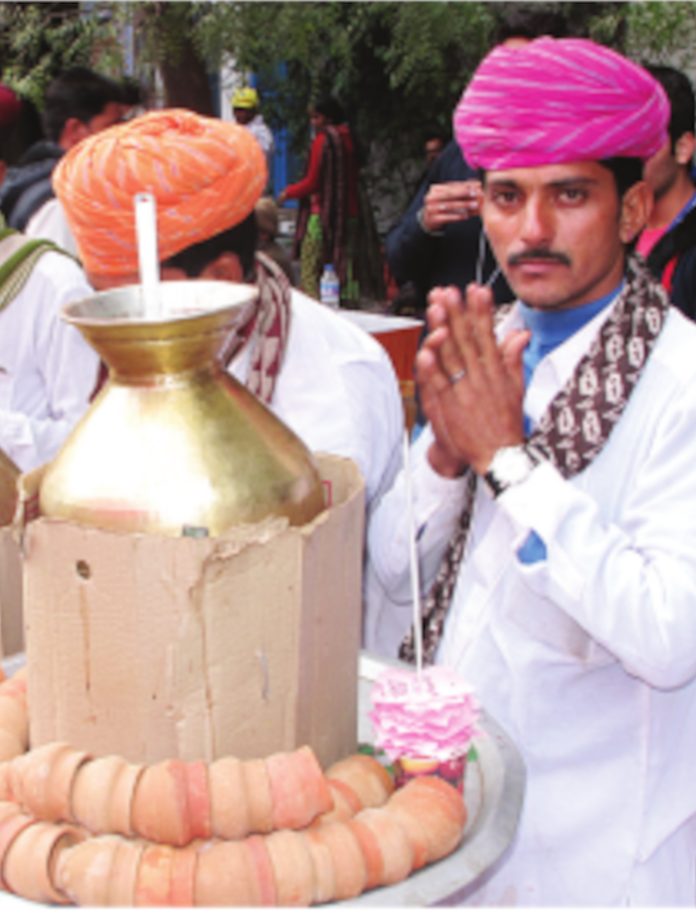In 2005, JLF had just 14 guests — mostly tourists who landed up by accident, according to festival co- director William Dalrymple.
Today it’s the world’s largest lit fest with over 300 authors, publishers, literary agents from India and abroad and a footprint of nearly 200,000 visitors attending the 5-day event.
Jaipur Book Mark’s first edition this year had just a few hundred attendees and 40 odd panellists and speakers.
The sessions focused on publishing industry challenges and opportunities. Spread over three afternoons, JLF’s BookMark covered a range of issues from translation, to rights, and from content display and discovery to the dynamics of industry change and transition.
“We see this as a place where South Asian and international publishers meet in an intimate and informal atmosphere to talk about the book trade,” Gokhale said afterwards. “In future years we wish to curate and enable conversations and opportunities for networking and collaboration within the publishing and media community drawing on the creative energy and professional skills of the multitude of visitors who attend the festival annually.”
BookMark’s strong international partner this year was NORLA — Norwegian Literature Abroad, which like the German Book Office and Institut Francais promote international language publishing activities and trade.
BookMark is critical to trade The Indian book trade is both small and fragmented. There are multiple associations and multiple voices often working at cross purposes or the narrow aim of self-promotion of their office bearers.
The BookMark can be a melting pot of the big and the small, the English and the Indian language publisher, the distributor, the retailer and the digital giants. In English- language publication there are half a dozen publishers in the education segment and another half a dozen in the trade segment with multinational parentage who can really make the difference, because of awareness, technology and capital. Some of them are perhaps content with their own
margins and don’t want to move out of
their comfort zone. Some of the others who want to streamline and improve the existing systems were at the Jaipur BookMark, as were some of the small and medium independent publishers hit by poor collections and rising costs — without the muscle power of the multinational publisher. The online invasion is a wake up call for publishers who need to set up their own network in order for quick and effective discovery and delivery.
Though Indian language publications have been a storehouse ofgoodqualitylanguagepublication
for centuries, the book trade is low cost and unable to even keep its heritage manuscripts in print. Language publishing has been a family-run business that has traditionally used low capital, both cash and human resource to create value. In these organizations the critical functions controlled by family members reduce the cost of production. However, this also leads to the creation of cheap books and low value addition per book.
With the effects of globalization and the digital invasion all these would havetochangethree-fold– interms
of technology, capital and professionalism. Jaipur BookMark could be a starting point for such discussion and transformation. When asked about the future of the Jaipur BookMark, Sanjoy Roy, organizer of the Jaipur Book Mark, said, “We wish to make it bigger and better, reaching out to local and international publishers and agents and create a healthy opportunity for discussion, debate, networking and business opportunities.













